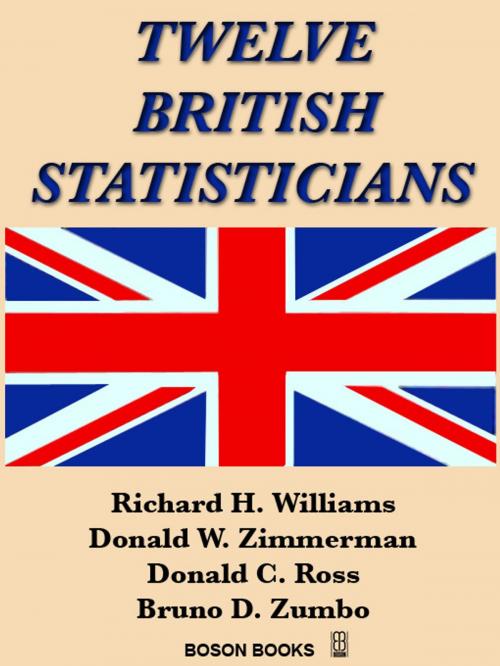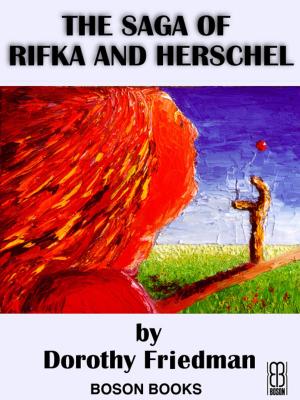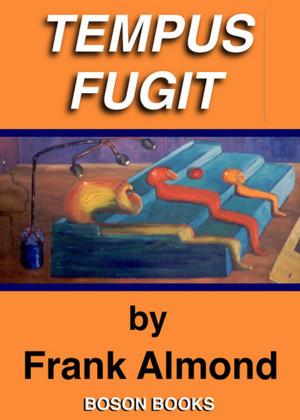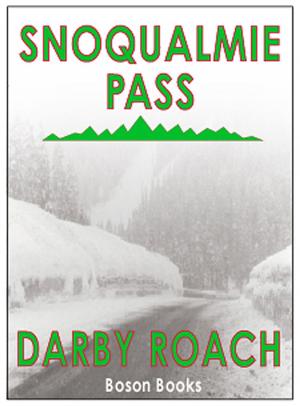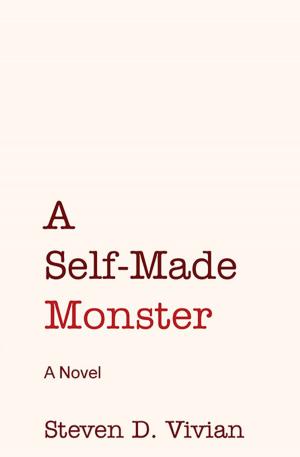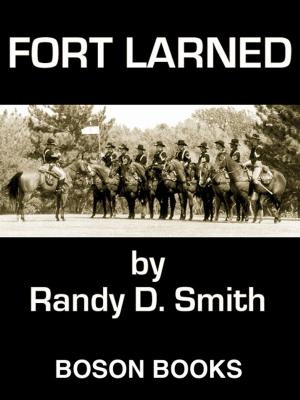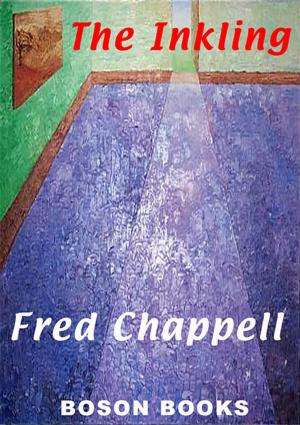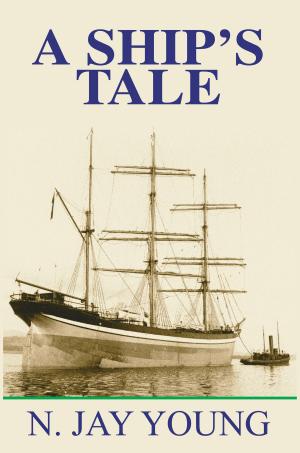| Author: | ISBN: | 9781932482447 | |
| Publisher: | Bitingduck Press | Publication: | January 1, 2006 |
| Imprint: | Boson Books | Language: | English |
| Author: | |
| ISBN: | 9781932482447 |
| Publisher: | Bitingduck Press |
| Publication: | January 1, 2006 |
| Imprint: | Boson Books |
| Language: | English |
Twelve British Statisticians provides a description of the lives and scientific contributions of a dozen scientific luminaries. Each statistician is a famous figure, but is especially renowned in Great Britain. Their fields of expertise sometimes include disciplines that depart from statistics and display great versatility. The book is accessible to a wide reading audience.
Each of the chapters of the book focuses on the scientific contributions and personal life of a single statistician. Each chapters begins with an overview and contain a rich set of references.
Current textbooks in statistics contain little information about the pioneers in the field. This book provides a historical supplement in courses on quantitative methods in the behavioral, social, and biological disciplines.
The statisticians and some of their contributions covered include:
1. Karl Pearson: product-moment correlation.
2. R.A. Fisher: analysis of variance and covariance, experimental design, common sampling distributions.
3. Charles Spearman: factor analysis, theory of intelligence, mental test theory.
4. Florence Nightingale David: advocate of womens vocational rights in statistics, distinguished educator.
5. George Udny Yule: time series, contingency table analysis.
6. Maurice G. Kendall: generation of and tests for randomness, time series.
7. George E.P. Box: statistical quality control, analysis of time series.
8. William Sealy Gosset (“Student”): small sample statistical techniques, contributions to Neyman-Pearson theory.
9. Egon Sharpe Pearson: Neyman-Pearson theory, history of statistics.
10. Francis Ysidro Edgeworth: polymath mathematical psychics, editor of the Economics Journal.
11. Maurice S. Bartlett: stochastic processes, epidemiology, time series.
12. David Cox: multivariable models including covariates and treatment variables, survival rate.
For author bios, photos, and a sample read, visit www.bosonbooks.com.
Each of the chapters of the book focuses on the scientific contributions and personal life of a single statistician. Each chapters begins with an overview and contain a rich set of references.
Current textbooks in statistics contain little information about the pioneers in the field. This book provides a historical supplement in courses on quantitative methods in the behavioral, social, and biological disciplines.
The statisticians and some of their contributions covered include:
1. Karl Pearson: product-moment correlation.
2. R.A. Fisher: analysis of variance and covariance, experimental design, common sampling distributions.
3. Charles Spearman: factor analysis, theory of intelligence, mental test theory.
4. Florence Nightingale David: advocate of womens vocational rights in statistics, distinguished educator.
5. George Udny Yule: time series, contingency table analysis.
6. Maurice G. Kendall: generation of and tests for randomness, time series.
7. George E.P. Box: statistical quality control, analysis of time series.
8. William Sealy Gosset (“Student”): small sample statistical techniques, contributions to Neyman-Pearson theory.
9. Egon Sharpe Pearson: Neyman-Pearson theory, history of statistics.
10. Francis Ysidro Edgeworth: polymath mathematical psychics, editor of the Economics Journal.
11. Maurice S. Bartlett: stochastic processes, epidemiology, time series.
12. David Cox: multivariable models including covariates and treatment variables, survival rate.
For author bios, photos, and a sample read, visit www.bosonbooks.com.
Twelve British Statisticians provides a description of the lives and scientific contributions of a dozen scientific luminaries. Each statistician is a famous figure, but is especially renowned in Great Britain. Their fields of expertise sometimes include disciplines that depart from statistics and display great versatility. The book is accessible to a wide reading audience.
Each of the chapters of the book focuses on the scientific contributions and personal life of a single statistician. Each chapters begins with an overview and contain a rich set of references.
Current textbooks in statistics contain little information about the pioneers in the field. This book provides a historical supplement in courses on quantitative methods in the behavioral, social, and biological disciplines.
The statisticians and some of their contributions covered include:
1. Karl Pearson: product-moment correlation.
2. R.A. Fisher: analysis of variance and covariance, experimental design, common sampling distributions.
3. Charles Spearman: factor analysis, theory of intelligence, mental test theory.
4. Florence Nightingale David: advocate of womens vocational rights in statistics, distinguished educator.
5. George Udny Yule: time series, contingency table analysis.
6. Maurice G. Kendall: generation of and tests for randomness, time series.
7. George E.P. Box: statistical quality control, analysis of time series.
8. William Sealy Gosset (“Student”): small sample statistical techniques, contributions to Neyman-Pearson theory.
9. Egon Sharpe Pearson: Neyman-Pearson theory, history of statistics.
10. Francis Ysidro Edgeworth: polymath mathematical psychics, editor of the Economics Journal.
11. Maurice S. Bartlett: stochastic processes, epidemiology, time series.
12. David Cox: multivariable models including covariates and treatment variables, survival rate.
For author bios, photos, and a sample read, visit www.bosonbooks.com.
Each of the chapters of the book focuses on the scientific contributions and personal life of a single statistician. Each chapters begins with an overview and contain a rich set of references.
Current textbooks in statistics contain little information about the pioneers in the field. This book provides a historical supplement in courses on quantitative methods in the behavioral, social, and biological disciplines.
The statisticians and some of their contributions covered include:
1. Karl Pearson: product-moment correlation.
2. R.A. Fisher: analysis of variance and covariance, experimental design, common sampling distributions.
3. Charles Spearman: factor analysis, theory of intelligence, mental test theory.
4. Florence Nightingale David: advocate of womens vocational rights in statistics, distinguished educator.
5. George Udny Yule: time series, contingency table analysis.
6. Maurice G. Kendall: generation of and tests for randomness, time series.
7. George E.P. Box: statistical quality control, analysis of time series.
8. William Sealy Gosset (“Student”): small sample statistical techniques, contributions to Neyman-Pearson theory.
9. Egon Sharpe Pearson: Neyman-Pearson theory, history of statistics.
10. Francis Ysidro Edgeworth: polymath mathematical psychics, editor of the Economics Journal.
11. Maurice S. Bartlett: stochastic processes, epidemiology, time series.
12. David Cox: multivariable models including covariates and treatment variables, survival rate.
For author bios, photos, and a sample read, visit www.bosonbooks.com.
